With all the discussion about how and whether Star Trek Discovery violates continuity with the rest of the Trek universe and whether that matters, I felt compelled to add my opinion to the 'verse, largely because I thought that some people had been swayed by the format of the show. It seems that the more modern stary telling paradigm has given rise to disappointment and anger that the style which had existed for so long had not been resurrected in this Star Trek series. In this sense, continuity means not only agreement with other events in Trek, but also the same presentation of the show as people had known before.
First of all, does continuity matter? It certainly does! The pragmatic reason is that the viewer should be able to understand what is happening in the show, and the events should make sense. Beyond that, it is hard to be invested in a series which does not have consistency with itself. If the things that you care about are altered, then the passion in them is lost.
But what about small details, or visual changes, or facts that don't directly affect the main plot? In this regard, Star Trek has always met a high standard for keeping things in agreement, although no series is perfect. By its nature, a show will have many writers and no one can remember every detail, even with an encyclopedia. Still, the purpose of Star Trek is to explore the future of humanity and discover who we are. That is what makes the shows so popular and it must take precedent, if the franchise is going to continue holding its special place in our culture.
Gene Roddenberry, Star Trek's creator, told the writers of Star Trek: Next Generation (TNG) that they should not watch TOS. He wanted to create something completely new. He even forbade writers from mentioning people and events from the previous series. Within the show, he wanted things to be in agreement and he tasked people with making that happen, but he had no desires to keep continuity with his previous work. As far as continuity went, he actually wanted episodes to be watched in any order, so essentially until Gene died, there was very little character growth or change. This was less of a problem on the original series, which ended after 3 seasons, but TNG suffered from event driven stories instead of character driven stories until the 3rd season.
Visuals
Klingons
One of the first things people knew about Discovery is that its Klingons would look different. In the Original Series (TOS) there was little budget for alien races, so Klingons were distinguished with some dark makeup and facial hair.When the movies began there was an opportunity to make the Klingons look like an alien race, but the look kept evolving. Discovery changed the look yet again, but opted for disntinguishing the Klingons' entire bodies, not just their heads. It is a more complete, less human look, but still doesn't seem to be that out of place with other Klingon imaginings.
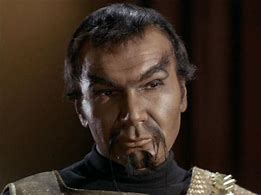 |
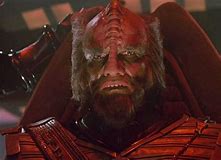 |
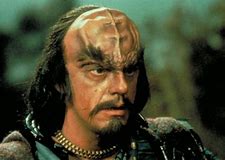 |
| TOS 1960s |
Motion Picture 1979 |
Search for Spock 1983 |
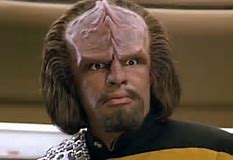 |
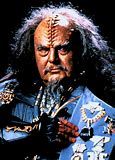 |
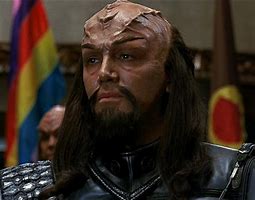 |
| Next Generation 1987 |
Final Frontier 1989 |
Undiscovered Country 1991 |
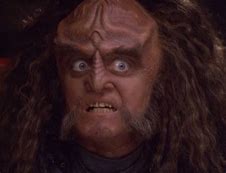 |
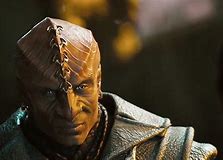 |
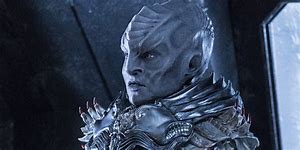 |
| Deep Space 9 1994 |
Into Darkness 2013 |
Discovery 2017 |
Ships
The Federation ships in Discovery look fairly similar to most vessels seen in other series, even if the burssard collectors are a little strange and the ships look too modern. The Klingon ships are another matter. They almost look alive! One ship was even referred to as a D7 class, which we have seen before in TOS. Those ships look nothing alike. I don't see this as the continuity error that many people think it is. For one, the Klingons have devided the empire into separate houses that don't gt along too well. Each house (or house group) has its own specific ship style. It makes sense that the ships would no longer look alike. We can assume thay by the end of the Discovery series, the Klingons will reunite once more and start sharing their ship designs once again.
I have commented on ship designations on another page. Essentially, there is no way Klingons refer to any ship as D7. Klingons don't even have the letter 'D' in their language (although another letter makes an equivalent sound). D7 is a federation designation that is used because they don't know the actual name of the ship or can't pronounce it. It is likely that D7 just means Battle Cruiser. We have already seen that D5 can refer to both a tanker and a war ship, which is pretty diverse. Also, the same Federation referred to its heavy cruisers as Constitution class for almost 50 years, when the ships had radically changed. I don't think the D7 ship seen in Discovery has to be a replacement of the D7 ship seen in TOS.
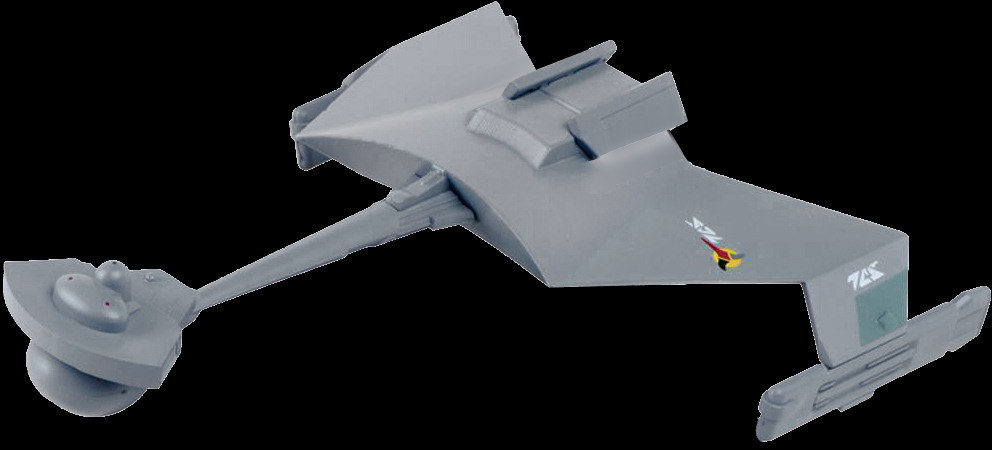 | 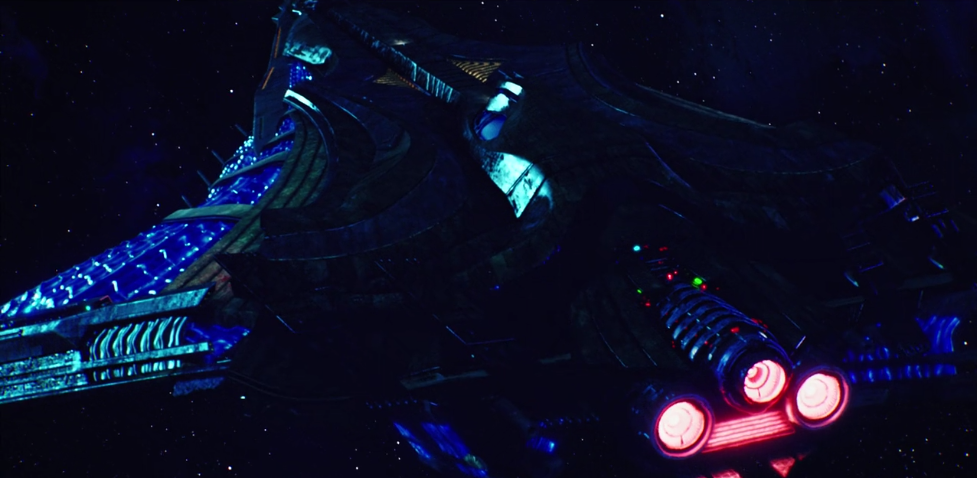 |
Tech
Discovery is supposed to take place before TOS, but obviously Discovery has a different look from the 1960s show. Trying to create compters the spit out paper and sound like a typewriter would have made the show seem humourous and prevented viewers from taking it seriously. The same goes for devices which are featureless, machined metal. Discovery is a show looking forward, not a TOS continuation. Star Trek Continues already did that job very well.
The spore drive of Discovery has been lambasted for its weak science and also for the fact that it changes the rules for the entire Trek universe. If you can jump to any place in the universe, why didn't Voyager (VOY) create a spore drive to get home? Why has no other race discovered it? Well, Discovery has answered many questions in its first season so the spore drive might be killed forver before the series finishes. But as far as tech, Trek has always had some outlandish devices. Voyager started using a random tech name generator to come up with whatever the plot required. In contrast, things that should have been easy (copying the doctor's program) became impossible, for some reason. Their have been plenty of game changing discoveries that should have changed the Trek 'verse too. Cures for disease, and time travel jump to mind. How many trek episodes could have been solved by looping around a star and going back in time, as the crew did in Star Trek IV the Voyage Home (TVH)? In TOS, going back in time was like going to the store, yet in TNG, no one went back in time to prevent disasters or stop the borg. The spore drive seems no worse than any other device, and it will likely be dealt with by the writers.
Format
Until Star Trek Deep Space Nine (DS9) episodes of Star Trek shows could be watched in almost any order. While this paradigm was great for syndication, character development was very limited. Story arcs began to become longer as DS9 continued. Star Trek Enterprise (ENT) eventually introduced a season long arc. It allowed characters to become more dynamic and complex. Discovery continues in this tradition. Like DS9, Discovery also has characters that are not always heroic or follow simple good guy/bad guy divisions. The experience becomes richer, but the viewer must become more invested to enjoy the show.
The quality of Discovery is amazingly high. It looks more like a movie than a series. The actors have great credits to their name (Anthony Rapp:Rent, Sonequa Martin-Greene: The Walking Dead, Jason Isaacs: Harry Potter, Blackhawk Down, Doug Jones: The Shape of Water, Pan's Labyrinth). Many people involved with Discovery have a history in Trek (Bryan Fuller, Nick Meyer, John Eaves). The attention to detail is obvious. The show carries forward the most fundamental parts of Star Trek. The feel of the show, while not dissimilar from DS9, is a shock to some Trek fans. Discovery seems like night and day compared with TOS and it starts at a darker place before working its way toward Gene's optimistic view of the future. It certainly offers the strongest first season of any Trek show so far.
Stardate: -210260.85